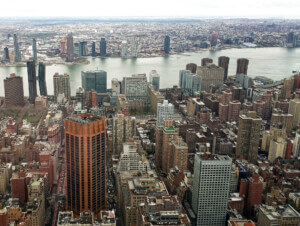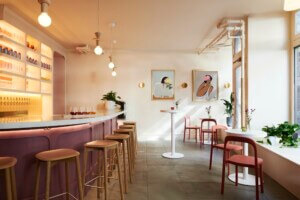Two years ago, during a time of great personal difficulty, I was in Soho, and remembered that Walter De Maria’s The New York Earth Room, which I’d visited maybe ten years earlier and found a sort of fun, cool lark, was also in Soho. Somehow, magically, it was open, and somehow, magically, I could just go in. This was in the before times, of course, when we didn’t need timed tickets or masks, which is why, when I went in, I was hit full force with the smell—of a deep, loamy, weighty earth. It struck me so strongly and so sensitively that I started sobbing. The gallery attendant, probably having seen this before, was kind enough to give me time and space. I spent ten minutes just standing next to the mound of dirt, just crying.
Earth Room has been on view since 1977, expertly and gently maintained by the Dia Art Foundation. “What distinguishes Dia is that they do long-term installations of work,” architect Kim Yao of ARO told me on the phone during a discussion about her firm’s recent renovation of Dia’s Chelsea digs, which just opened. “You can come back under different times and lighting conditions and seasons, so that the subtlety of how you might change over time, or the ambient conditions change over time, is something that engages your senses in a very deep way.” I hadn’t mentioned my Soho experience to her, but her explanation suddenly tracked. Earth Room, during one period of my life, was fun. During another, it was transformative.
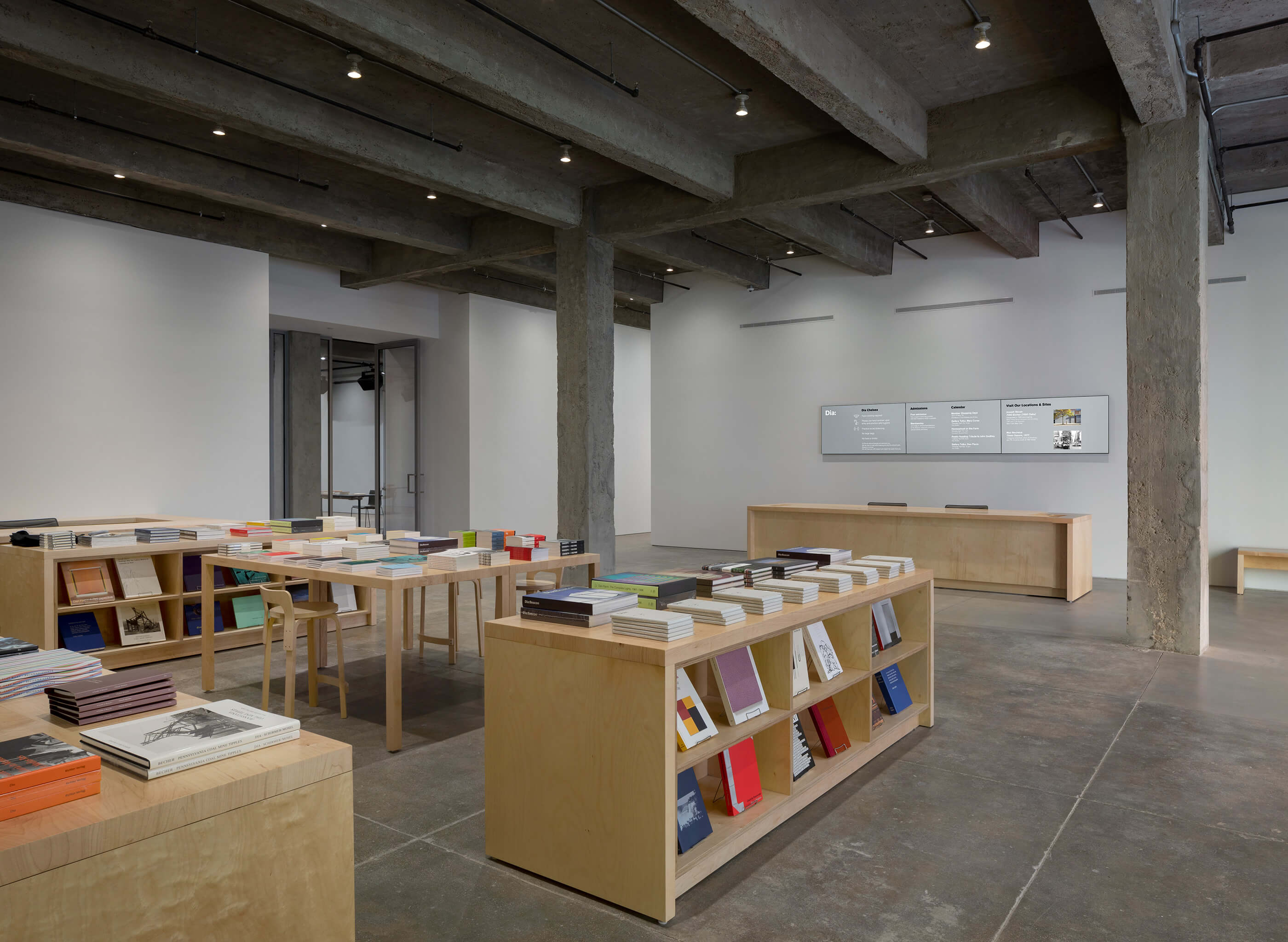
You might say something similar about Dia itself. Its storied reputation as a protector of a certain type of art—namely large, temporally unbound, conceptual, and often land-based works—rests on several significant shows Dia mounted in Soho in the 1970s and 1980s and, a little later, at its West 22nd Street outpost. But then on the eve of the millennium, the foundation underwent a transformation and mostly absconded to an old Nabisco factory in Beacon in upstate New York while maintaining a network of sites across the United States. It continued to maintain a foothold in the city, though, in a jumble of two single-story buildings and a six-story office block in the heart of Chelsea.
ARO has reworked this disconnected set into an ensemble whose continuity is signaled by the unified exteriors, where a crisp, mostly homogeneous brick on the two low-lying buildings gives way to a variegated brick pattern on the office block. Emphasizing the interiors, co-principal Adam Yarinsky likens the project to a series of surgical interventions that work in “deference to the visions of the artists.” For Yao and Yarinsky, creating spaces that sublimate the institutional presence to the character and patina of the existing architecture fits the Dia ethos, one in which the art is always foregrounded.
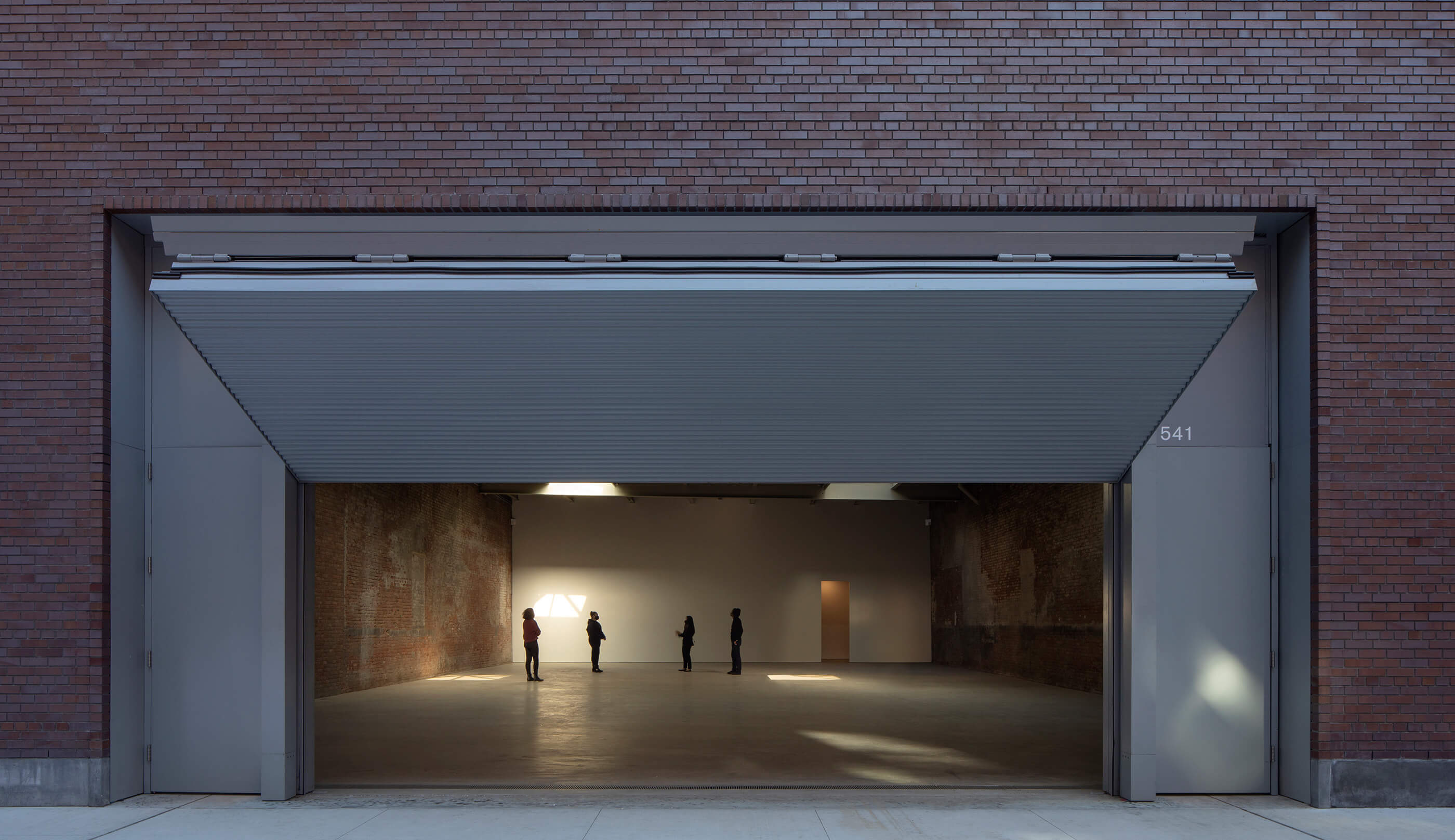
Now reconfigured, the architecture offers mechanisms of support for whatever long-term projects Dia wants to produce. In the office annex, a crisp concrete-columned lobby leads into an event space with seating for 150 guests, and up to a set of administrative offices as well as a high-ceilinged glass-walled library/media space slated for specialized programming. The one-story buildings, meanwhile, offer contrasting gallery settings: one features a glass wall, inviting daylight in, while the other sports a metal door that, when closed, renders the internal light environment completely controllable. “They’re not white cubes,” Yarinsky said. “They’re spaces that have a kind of authentic character.”
The opening show, comprising two pieces by the artist Lucy Raven, is a perfect demonstration of the flexibility built into these otherwise seemingly neutral spaces. The glass-fronted, white-walled, and skylit West Gallery supports Ready Mix (seen up top), a video tracking the production of concrete. As for the brick-walled East Gallery, it is, even with its skylights, mostly dark except when artificially lit, which it is now by Casters X-2 + Casters X-3, a piece that uses two customized moving spotlights.
“The architecture with a capital A is quiet,” Yao said. “A lot of the effort, besides what you see on the facade, is in existing materials brought back to show their best light.” The original skylights were retained and updated with insulated glass; interior bowstring trusses in the glass-walled gallery add tension and exhilaration; and a cutout portal between the two galleries draws attention to their original separation.
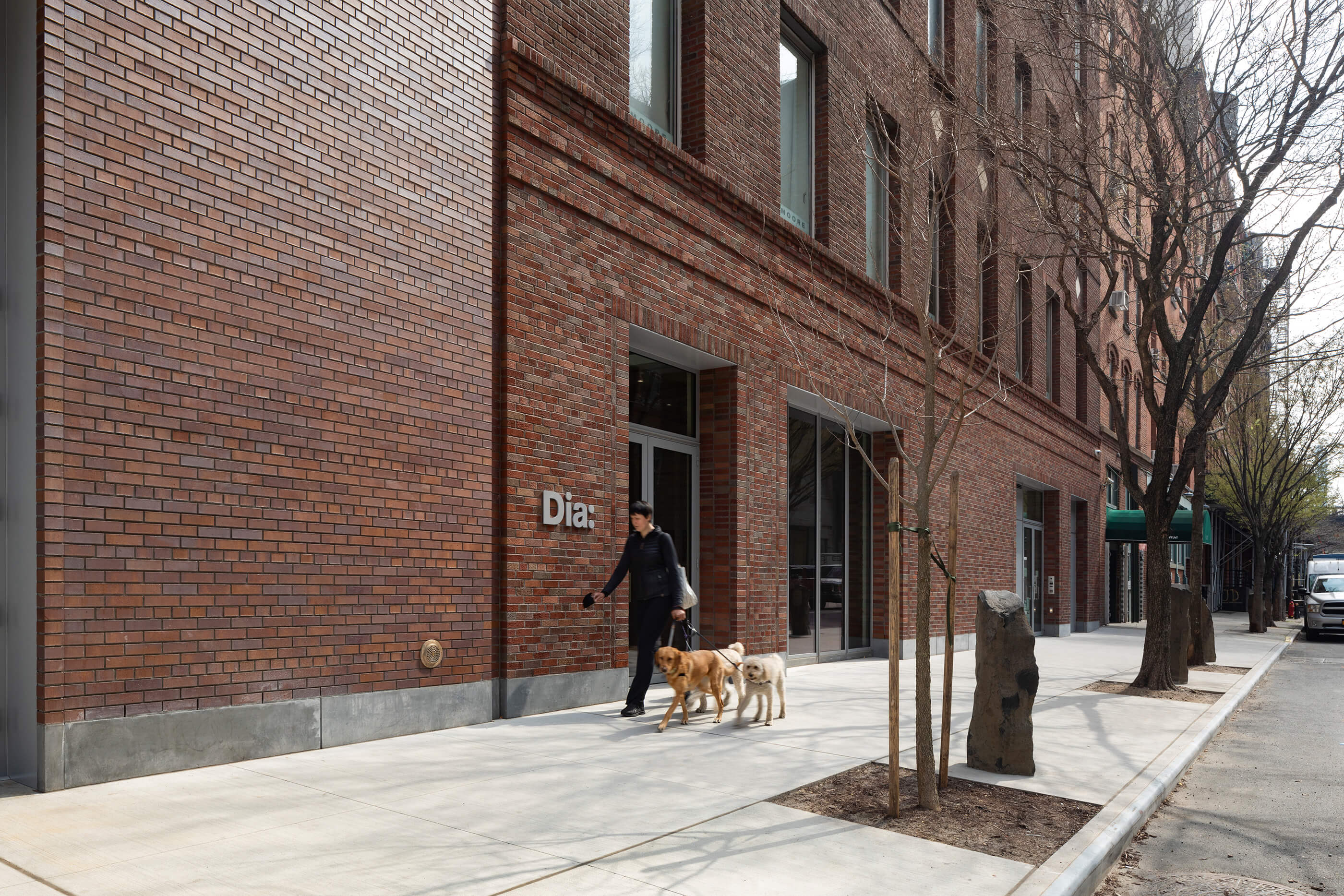
Overall, the architecture offers a quiet and contemplative antidote to so much of the theme-park starchitecture that somehow continues to proliferate on this stretch of the West Side. Still, Dia, which for so long was relegated to smaller spaces in Soho and of course the repurposed biscuit factory in Beacon, is, as Yao said, “reasserting its presence on the block.”









